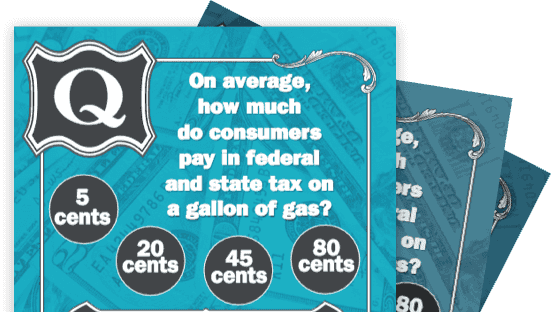Glossary Entries
-
Amortization
The process of fully paying off debt by installments of principal and earned interest over a definite time.
-
Annual Percentage Rate (APR)
The cost of credit on a yearly basis expressed as a percentage.
-
Borrowing
Receiving money now with the commitment of paying it back in the future, usually with interest.
-
Budgeting
A spending-and-saving plan based on estimated income and expenses covering a specific period of time. Budgets are used by individuals and organizations to reach short and long term financial goals.
-
Collateral
Property that is offered to secure a loan or other credit and that becomes subject to seizure on default. (Also called security interest.)
-
Compound Interest
Interest that is earned not only on the principal but also on interest already earned. Compound interest is regarded as a fundamental way to build wealth for the long term. Saving early and regularly allows time for wealth to accumulate.
-
Compound Interest
Interest that is earned not only on the principal but also on interest already earned. Compound interest is regarded as a fundamental way to build wealth for the long term. Saving early and regularly allows time for wealth to accumulate.
-
Credit Report
A record of past borrowing and repayment, including information on late payments and bankruptcy. Old loans and credit cards accounts all show up on your credit report, as well as overdue bills that were sent to a collections agency. This record is used to calculate your credit score.
-
Credit Score
A numerical score used by lenders and others to evaluate your credit worthiness. The most common credit score is called the FICO Score, and is a number between 300 and 850. Factors like your payment history, debt-to-income ratio, and total outstanding debt influence your credit score. Having a higher credit score will help you get lower interest rates on loans, and can even help you get a job or an apartment, as some employers and landlords use credit checks as well. To learn more about credit scores, visit myFICO.com.
-
Debt-To-Income Ratio
A ratio of the total amount of money someone owes, compared to their income. This ratio is a good indicator of whether someone can afford to borrow more money. Calculate your debt-to-income ratio here. If you are in the market for a loan, like a mortgage or car loan, lowering your debt-to-income ratio can raise your credit score and help lower the interest rate.
-
Default
Failure to meet the terms of a credit agreement.
-
Deficit
The amount each year by which government spending is greater than government income.
-
Exchange Rate
The price of the currency of one nation in terms of the currency of another nation.
-
Financial Markets
Mechanisms allowing people to buy and sell common financial products like stocks, bonds, and commodities (like gold and silver).
-
Fixed Rate
A traditional approach to determining the finance charge payable on an extension of credit. A predetermined and certain rate of interest is applied to the principal.
-
Interest
Interest is money paid over time in exchange for a loan. When you borrow money from a bank, you pay the bank interest. When you put money in a bank account, you are basically loaning the money to the bank, so the bank pays the interest to you.
-
Interest Rate
The percentage of the principal amount paid to borrow or save money
-
Investing
The process of using money in hopes of earning a financial gain. Common investments include stocks, bonds, mutual funds and real estate.
-
Investment
Funds placed in an asset – – such as a savings account, mutual fund or home with the expectation the asset will earn a financial gain. Investment requires weighing the financial risks against the possible financial rewards.
-
Liquidity
Quality that makes an asset easily convertible into cash with relatively little loss of value in the conversion process. Sometimes used more broadly to encompass cash and credit in hand and promises of credit to meet needs for cash.
-
Profit Margin
Profit margin is the percentage of a business’s revenue that it keeps in profit (before taxes) after paying expenses such as product costs, labor costs, and rent.
-
Recession
A significant decline in general economic activity extending over a period of time.
-
Securities
Paper certificates (definitive securities) or electronic records (book-entry securities) evidencing ownership of equity (stocks) or debt obligations (bonds).
-
Treasuries
“Treasuries” refers to government bonds issued by the United States Department of the Treasury. There are four types of marketable treasury securities: Treasury bills, Treasury notes, Treasury bonds, and Treasury Inflation Protected Securities (TIPS).
-
U.S. Federal Reserve
The Federal Reserve System (or “Fed”) is the central banking system of the United States. The Fed performs a variety of functions within the U.S. economy, including the regulation of banks and the management of the money supply. The Fed is an independent institution, and can act without prior approval from Congress or the President.
-
Variable Rate
A variable-rate agreement, as distinguished from a fixed rate agreement, calls for an interest rate that may fluctuate over the life of the loan. The rate is often tied to an index that reflects changes in market rates of interest. A fluctuation in the rate causes changes in either the payments or the length of the loan term.
See Our Coasters
Find one of our coasters at a local business? View the entire set here.

